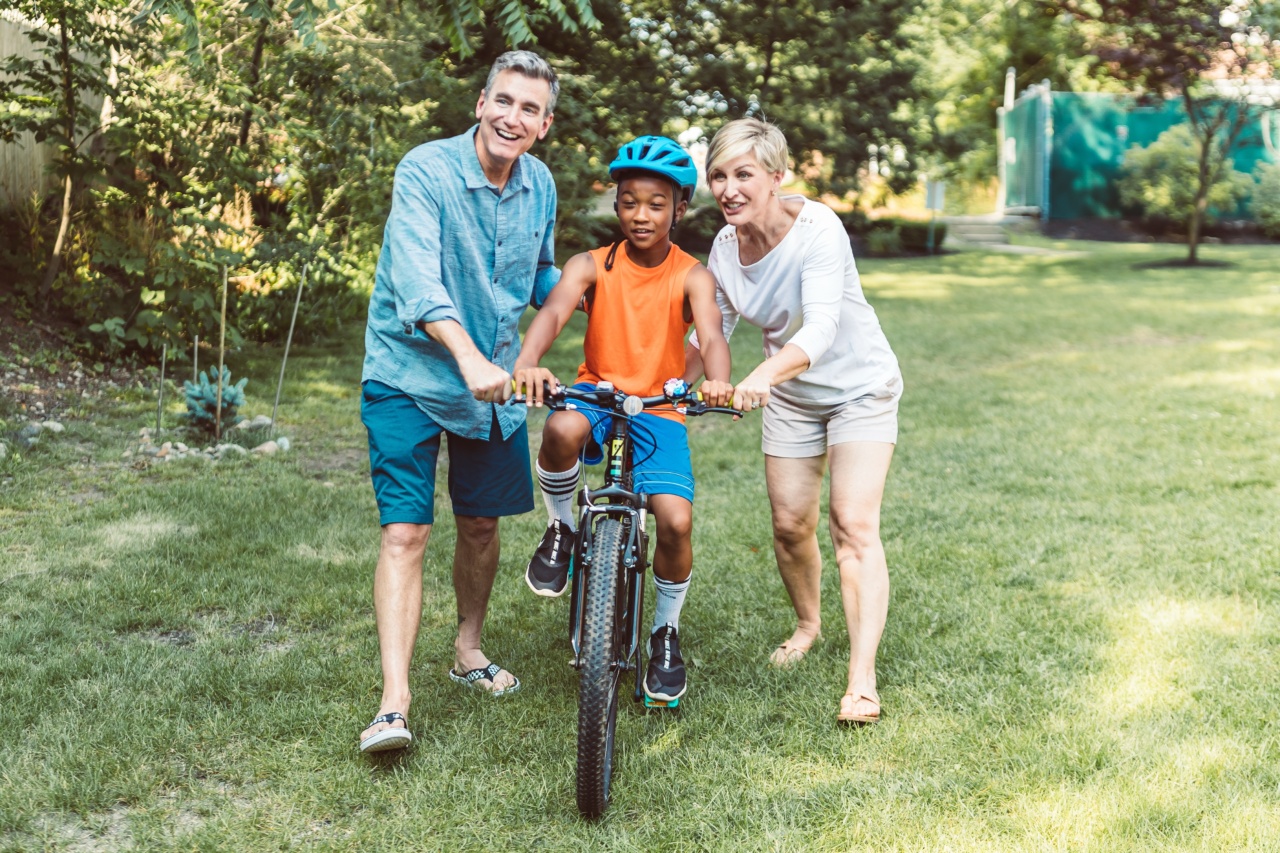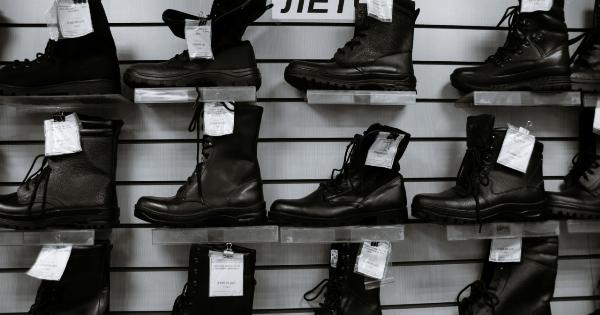As a parent, your child’s safety is your top priority. Whether you’re at home or out in public, there are many potential dangers that can harm your child. With proper education and preparation, you can ensure your child’s safety.
Here are some tips to help keep your child safe:.
: At Home
Your home is meant to be a safe haven for your child, but it’s important to take steps to prevent accidents and injuries. Here are some things you can do:.
: 1. Safety Proof Your Home
Remove any potential hazards, including sharp objects, small items that can be swallowed, and electrical cords. Install safety gates at the top and bottom of stairs and secure heavy furniture to the wall.
: 2. Keep Cleaning Products and Medications Out of Reach
Store all cleaning products and medications in a locked cabinet or high up out of your child’s reach.
: 3. Take Precautions With Hot Liquids and Appliances
Keep hot liquids away from your child and turn pot handles toward the back of the stove. Secure oven doors and keep small appliances out of reach.
: Out and About
When you’re out in public with your child, your attention may be divided, and their safety becomes even more important. Here are some things to keep in mind:.
: 4. Use Appropriate Safety Equipment
Make sure your child is in the appropriate car seat or booster seat in the car and always use a helmet when riding a bike or scooter.
: 5. Educate Your Child on Stranger Danger
Teach your child to never talk to strangers or accept rides or gifts from anyone they do not know.
: 6. Keep a Close Eye on Your Child
Always keep a close eye on your child, especially in busy public places like amusement parks or shopping malls.
: Online Safety
The internet can be a valuable tool for research, learning, and entertainment, but there are also many potential dangers online. Here are some tips to help keep your child safe online:.
: 7. Set Up Parental Controls
Use parental controls to block inappropriate content and limit your child’s online activity. Also, make sure each login has appropriate filters and privacy settings.
: 8. Teach Your Child Internet Safety
Teach your child to never share personal information online, and to report any suspicious activity to an adult.
: 9. Monitor Your Child’s Online Activity
Check your child’s browsing history and monitor their social media accounts for any signs of cyberbullying, inappropriate behavior, or suspicious activity.
: In Case of Emergency
Despite your best efforts, accidents and emergencies can happen. It’s important to be prepared for these situations:.
: 10. Create an Emergency Plan
Create an emergency plan for your family, including contact information for emergency services, and practice it with your child. Also, make sure you have a first aid kit readily available.
By following these tips, you can help ensure your child’s safety in a variety of situations. Remember, the most important thing you can do is to stay vigilant and aware of potential dangers.






























